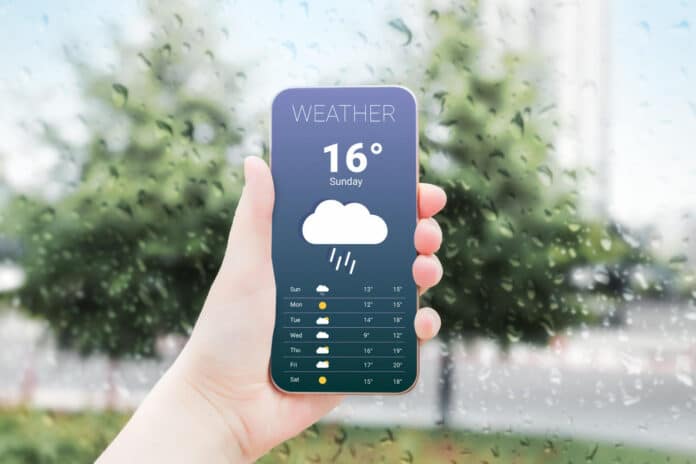Nowcasting is important for predicting precipitation’s short-term evolution, trajectory, and intensity during extreme weather events, especially in urban watersheds with shorter response times. This system can anticipate imminent impacts from rainfall-induced flash flooding, ensuring the safety of hydrologic conditions and preventing flash flooding.
Researchers at the Stevens Institute of Technology are working to improve weather forecasting by focusing on highly short-term forecasts, or nowcasts, that predict what will happen in a given location over the next few minutes.
Marouane Temimi, a hydrometeorologist at Stevens, said, “This isn’t just about whether you should take your umbrella with you when you go on a walk. The forecasts we’re missing that look 2 to 5 minutes into the future are precisely what’s needed to effectively respond to storms, floods, and other emergencies.”
The National Oceanic and Atmospheric Administration (NOAA) offers 24-hour rainfall forecasts. However, its shortest-term forecasts begin a few hours into the future. The absence of more immediate forecasting impedes community reactions to unforeseen disasters such as Hurricane Ida, which caused quick flooding in New York City, killing many people.
The researchers tested the accuracy of seven different nowcasting algorithms using historical data from NOAA’s weather radar networks. They conducted the first robust comparison of the models’ accuracy over various weather circumstances by analyzing eight years of meteorological data from the New York area. The study will help determine which models perform best in any particular area or use case.
Researchers investigated both deterministic and probabilistic nowcasting models. While the former believes that a rain cell does not change over time, the latter accounts for a rain cell’s chaotic, ever-changing character, which is determined by the dynamics of warm and cold air within a cloud. Both models were extremely accurate for forecasts made over a few minutes. On the other hand, probabilistic models were much more accurate throughout time intervals of up to 90 minutes.
Some models perform better than others in specific situations: LINDA-P is designed to forecast unexpected torrential rain, allowing it to outperform other models during the summer months when infrequent but powerful storms are more common. Other models provide more granular forecasts, which are less accurate but beneficial when higher-resolution forecasting is required.
Validating deterministic models is useful because probabilistic models are far more computationally demanding. For example, the most accurate model evaluated was LINDA-P, a probabilistic model. However, it takes 15 minutes to construct a nowcast based on present conditions. As a result, it can’t be used for highly short-term forecasting.
Achraf Tounsi, the paper’s lead author, recently completing his doctorate in Temimi’s lab, said, “The key takeaway is that we need to select nowcasting models based on their intended use-case. If you want to know if it will rain in the next five minutes, you need a deterministic model. Suppose you’re running an airport or seaport and want data for the next 20 minutes or hour. In that case, you’ll be better served with a probabilistic model.”
Temimi and Tounsi want to know why particular models perform better in certain conditions so they can improve algorithms and gather more exact weather data to create more diverse and accurate nowcasting models.
He said, “That’s our next assignment. We hope to develop and teach our nowcasting model to outperform the ones we’ve assessed in this paper.”
Journal Reference:
- Achraf Tounsi, Marouane Temimi, et al. Assessment of deterministic and probabilistic precipitation nowcasting techniques over the New York metropolitan area. Environmental Modeling & Software. DOI: 10.1016/j.envsoft.2023.105803
